August 24, 2021
I hadn’t seen a magpie for days. It dawned on me as I sat at Baker, Montana, several weeks ago and this seemed important. Little else had been so constant throughout the arid stretches from the Columbia River to the Yellowstone as their raspy but musical calls. Curious yet reticent, I could see them almost daily at a distance, but hadn’t during the last four days of climbing toward the North Dakota border. It was just beginning here in far eastern Montana, but change was in the air.
Four days later, I sat under a picnic pavilion at the once-thriving village of Hettinger, North Dakota. From my lakeside vantage point, it seemed that the homes here simply had a more easterly look as though this place might have been plucked from Westmoreland County, Pennsylvania, and dropped here. It also occurred to me that I hadn’t heard the distinct buzz of an angry rattlesnake during my night hikes lately and that seemed to suggest that I was at least leaving the desert behind.
The changing wildlife would have told me which direction I was headed even if I couldn’t have seen maps or the direction of the sunrise. There were subtle, gradual changes afoot, but then one day I crossed Lake Oahe (a sprawling impoundment of the Missouri River) and saw as much change overnight as I’d seen over the last 500 miles. Importantly, from this point on, I began to see more trees.
On my last evening west of the Missouri, I’d suddenly arrived at the most incredible vista I’d enjoyed on my long walk across the Standing Rock Indian reservation. The light was ideal and as I glimpsed my first view of Lake Oahe on the eastern horizon, a mule deer, now with tall velvety antlers, strode into view out ahead and stood while I exhausted what would have been two rolls of film a generation ago. This was to be my last muley and I’d seen my last antelope the day before. Once across the Missouri, it would be a few days before I’d see more deer and then they’d all be whitetails.
Since descending from the Rockies I’d been in cattle country. Cows behind barbed wire fences were an everyday fact of life. At times, the whole herd would follow me along the fence as I passed bearing huge pack and flag, and other times they’d just watch. Often they’d stampede, the little calves scrambling for safety and trying to understand.
Beyond the Missouri there were few cows; instead there were row crops like corn and beans. Visually, this suggested strongly that I was entering a new kind of topography and geology. Buttes, which I’d only first seen on this long walk, also generally went away at the Missouri or shortly thereafter.
Making my way along Route 12 through eastern South Dakota, I started to notice that the milkweed was plentiful now and in bloom, and this could only portend monarch butterflies which were soon also abundant.
Still in South Dakota, I passed by ponds and then through an extensive region of lakes. I’d hardly seen a turtle on the trip, but now they seemed plentiful—painted turtles, I think, and others. Sadly, their presence was mostly evidenced by bits of shell along the road.
I became familiar with ground squirrels on this long foray, especially through Montana, but along with increasing trees throughout South Dakota came tree squirrels. These were almost exclusively big fox squirrels at first but I’ve now encountered grays and reds as well—evidence that Pennsylvania can’t be too far off.
Eastern South Dakota was wetter than any terrain I’d covered since leaving the Rockies. There was more rain, more often (which still didn’t amount to a lot), and there were marshes and swamps that were actually still wet. As mentioned, there was no shortage of standing water and in places the small glacial South Dakota lakes didn’t appear particularly low for this time of year.
Towns were generally more frequent in North Dakota than they’d been in most of Montana and they were more plentiful still after leaving the Standing Rock Reservation. Traffic gradually increased as I approached the crossing into Minnesota.
On one of my last nights in South Dakota, I dropped rapidly in elevation after a full day’s slow climb. In the dark, I could see far to the east and saw more little lights dotting the landscape in little clusters than I could remember seeing elsewhere on the walk. I watched the sky for meteorites and noticed that the Milky Way wasn’t as prominent and that the brightest stars were all still there, but hundreds of the lesser ones weren’t. The nights wouldn’t be quite as dark from here on I imagined. I thought, too, that the dark sky I’d been enjoying was, for most people, an anomaly and that tonight I was simply returning to the norm.
In far eastern South Dakota I spent a day in a town dominated by the tall tanks of a cheese factory, something I certainly hadn’t seen back in Montana. There were more trees here than anywhere since the Rockies, though those had been stumpy evergreens and these were almost uniformly tall hardwoods. And there was at least a little variety in the trees here, which had generally been lacking anywhere else I’d found a wooded acre or stream bank out on the plains. “Tree” had been synonymous with “cottonwood” out there, but now oak leaves could be seen along with small dogwoods, a few aspens, and others unfamiliar to me.
I’m a mushroom enthusiast and the last morning I woke in South Dakota I found a single edible pheasant back mushroom on a dead cottonwood log just behind where I’d been sleeping. This was the first edible mushroom I’d seen since finding five black morels near my camp the first morning I woke in Idaho, months ago.
As my fourth month of hiking approached its midpoint, I crossed the Minnesota River and entered a new state. There was certainly more water here, though Minnesota remained in a drought condition, as had the Dakotas and Montana. The trees are more plentiful and diverse than ever, though I’m still in big agricultural country. Chickadees, blue jays, and raccoons are among the regulars I encounter day by day and this certainly reminds me more of the eastern forests I love. There really is a Minnesota accent and this can be heard more and more frequently as towns become more and more prevalent.
The transition I’m still caught up in is bittersweet. The western drought this year was extreme and pushed me to my limits both in terms of heat and hydration. I spent weeks longing for the cool, damp, rich Appalachian forests. It may be easier to see years from now, but I try to stop and remember that this is my one time, in a lifetime, to roam across the expanse of America on foot—to see it all and to walk it all. And that’s a privilege.
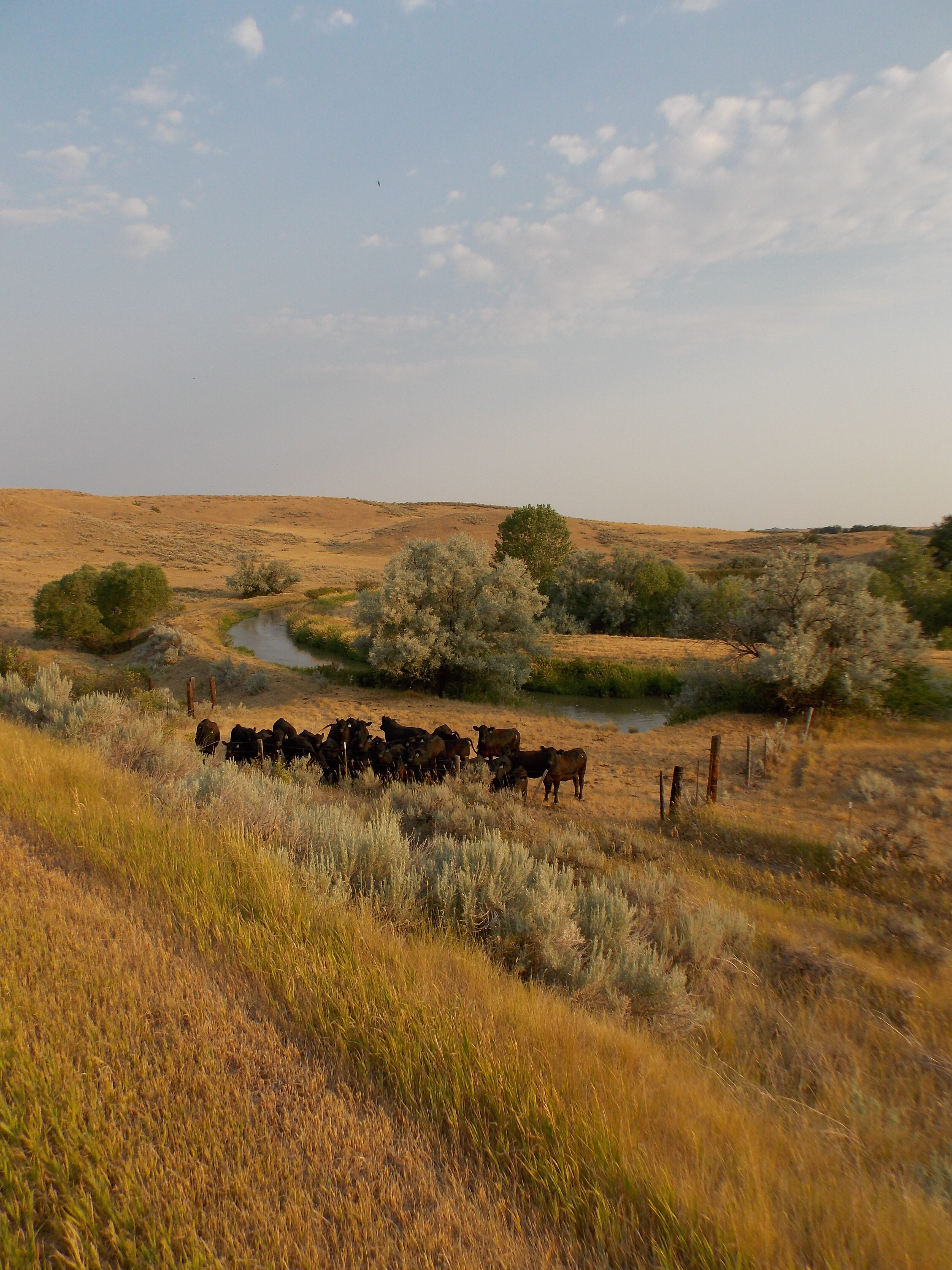
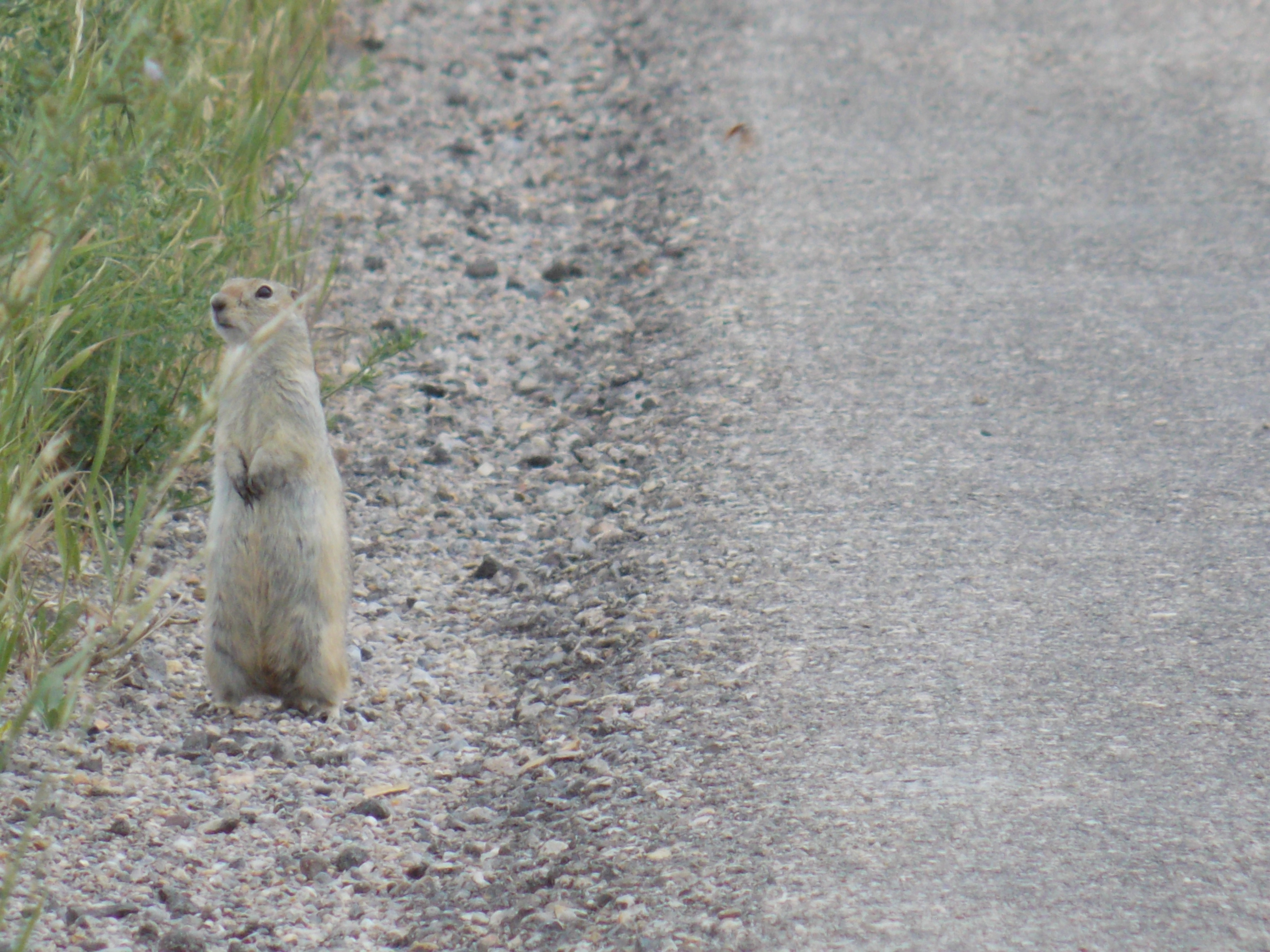
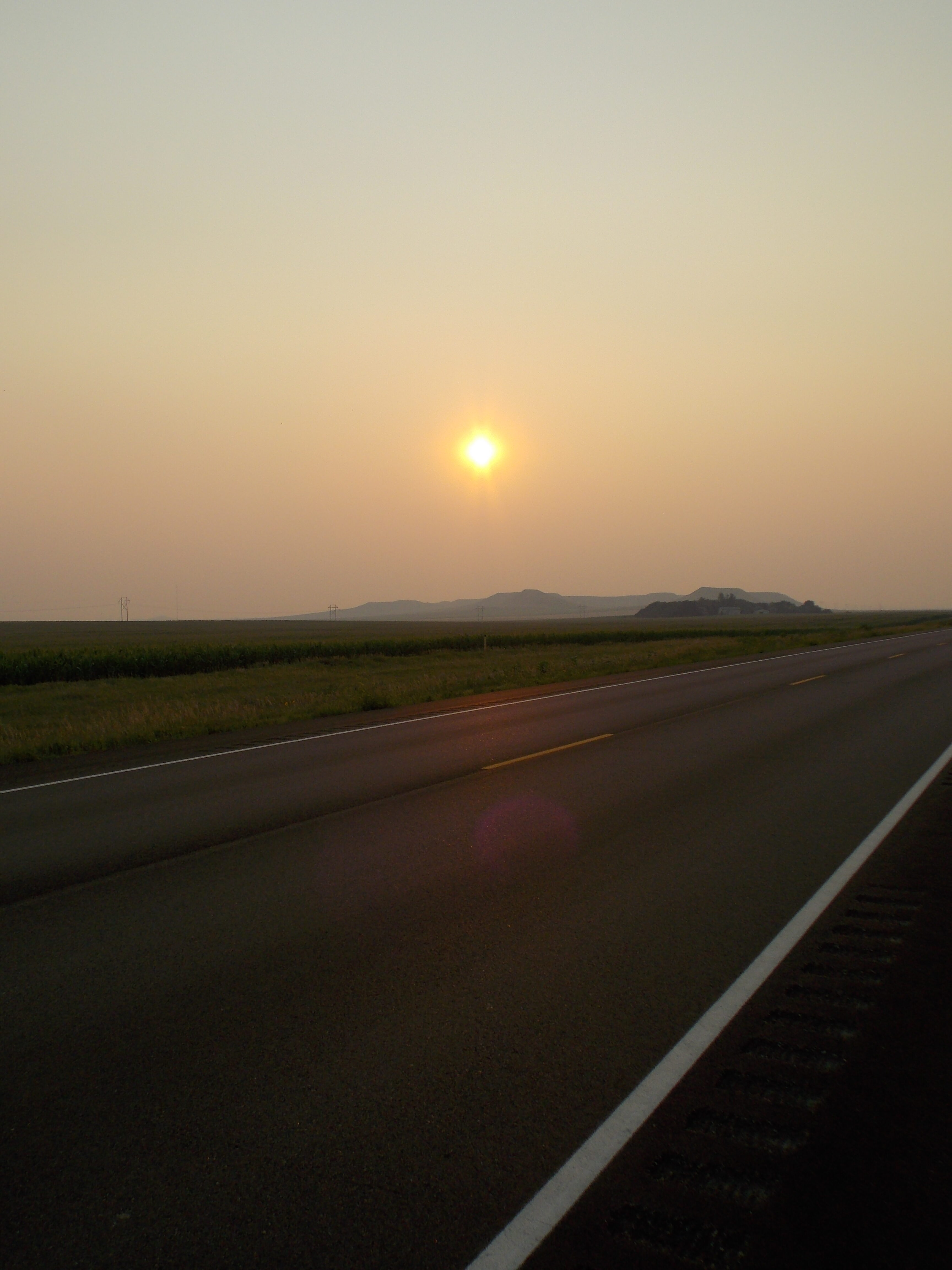
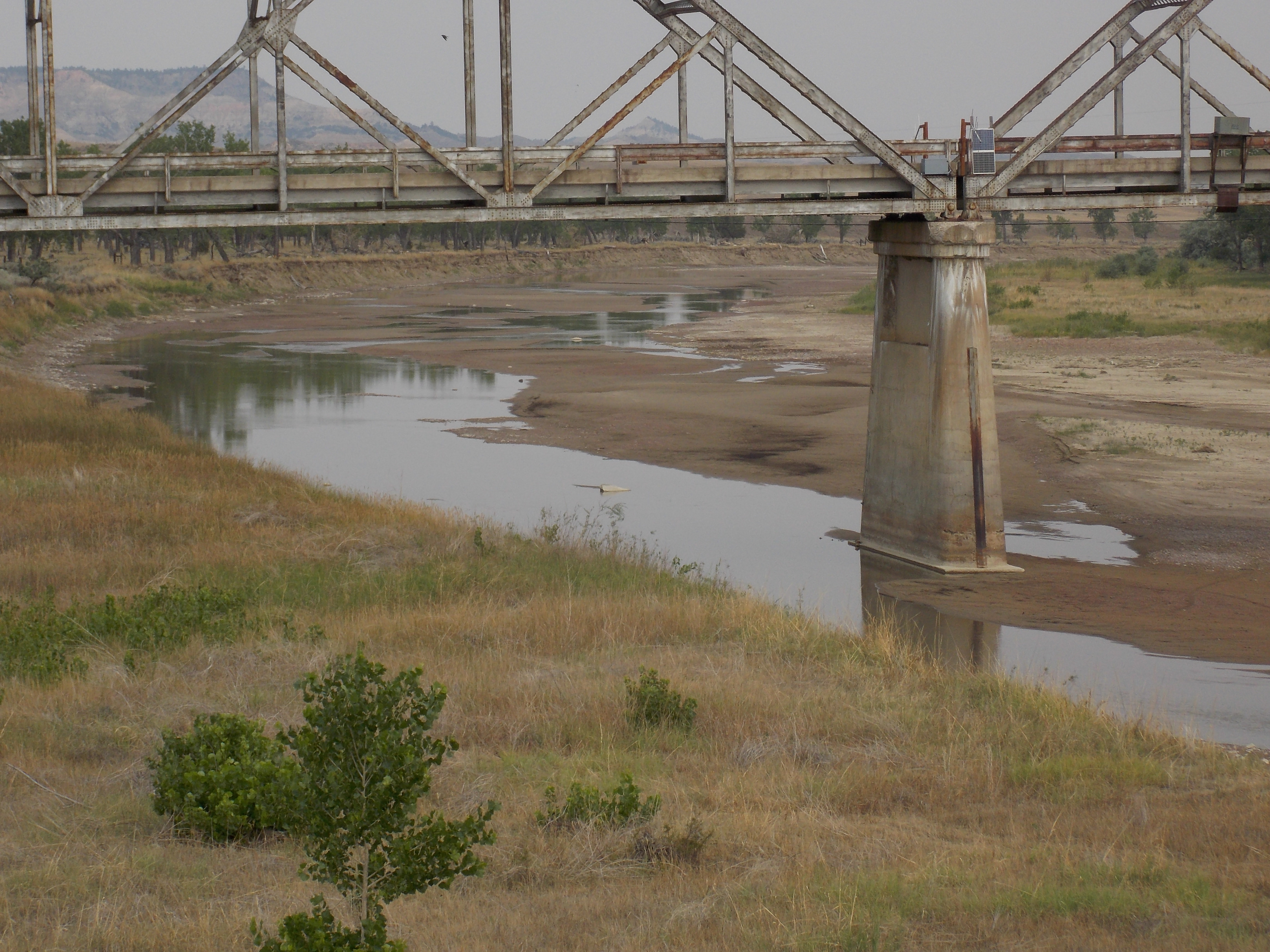
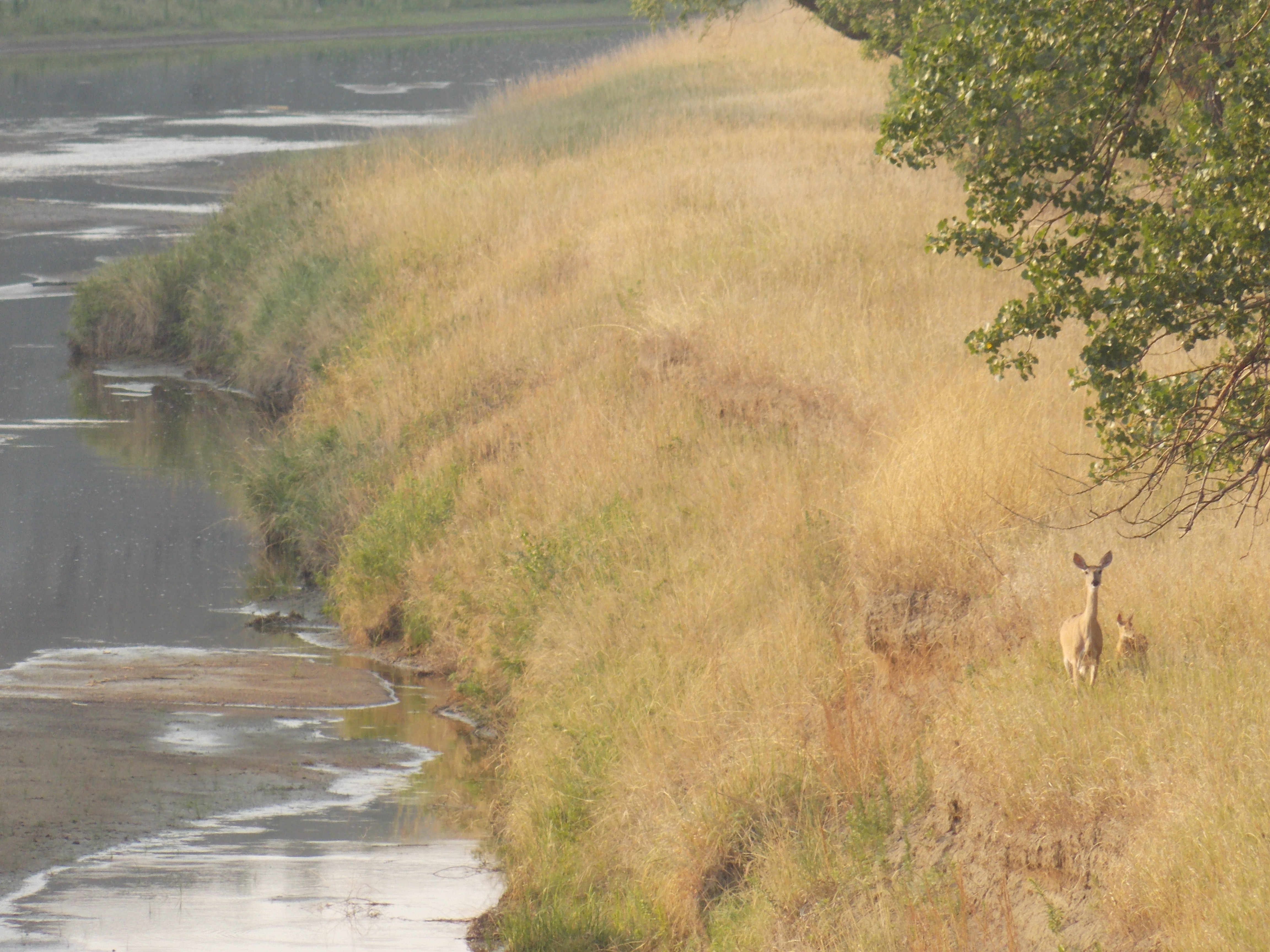
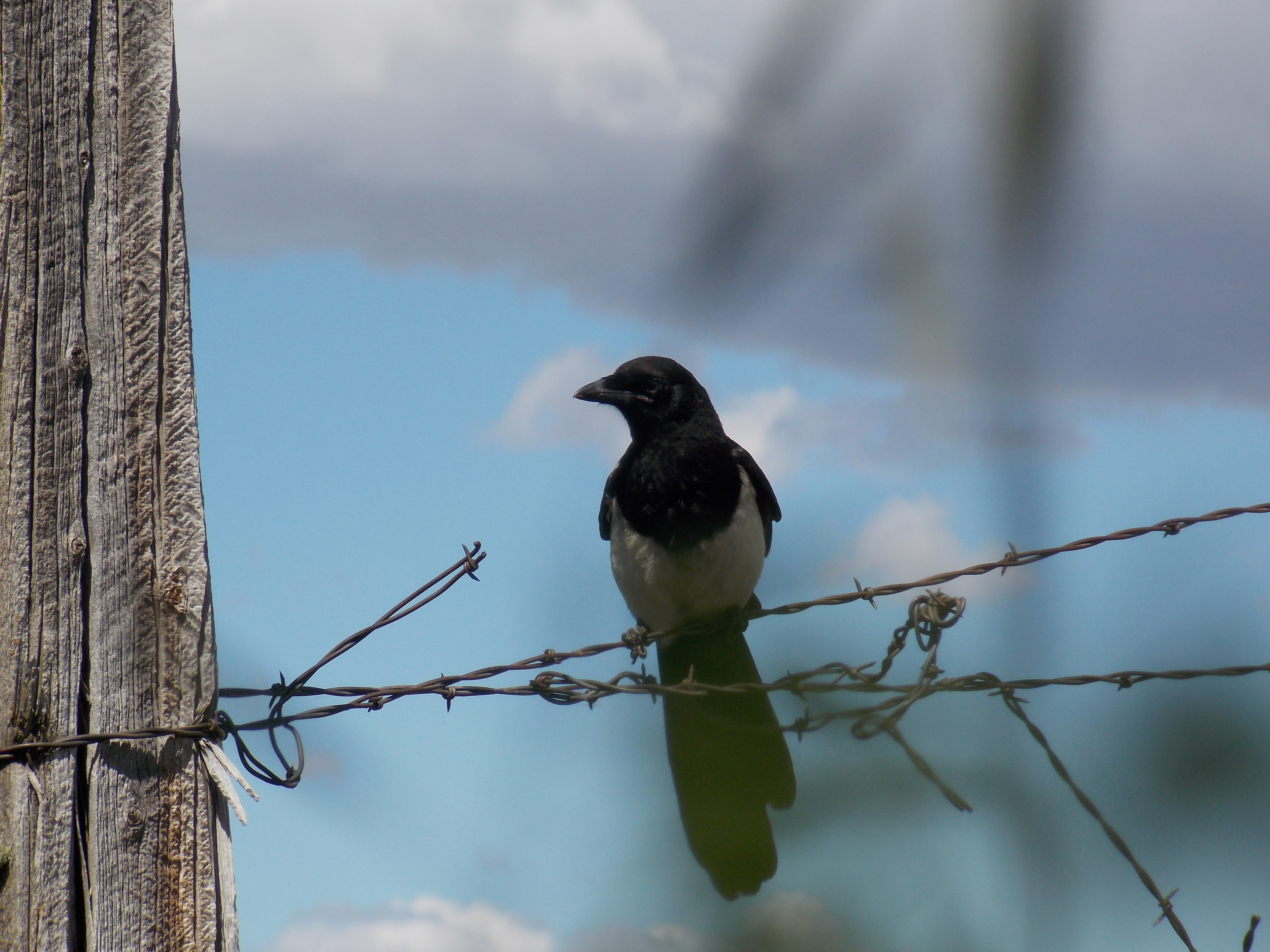
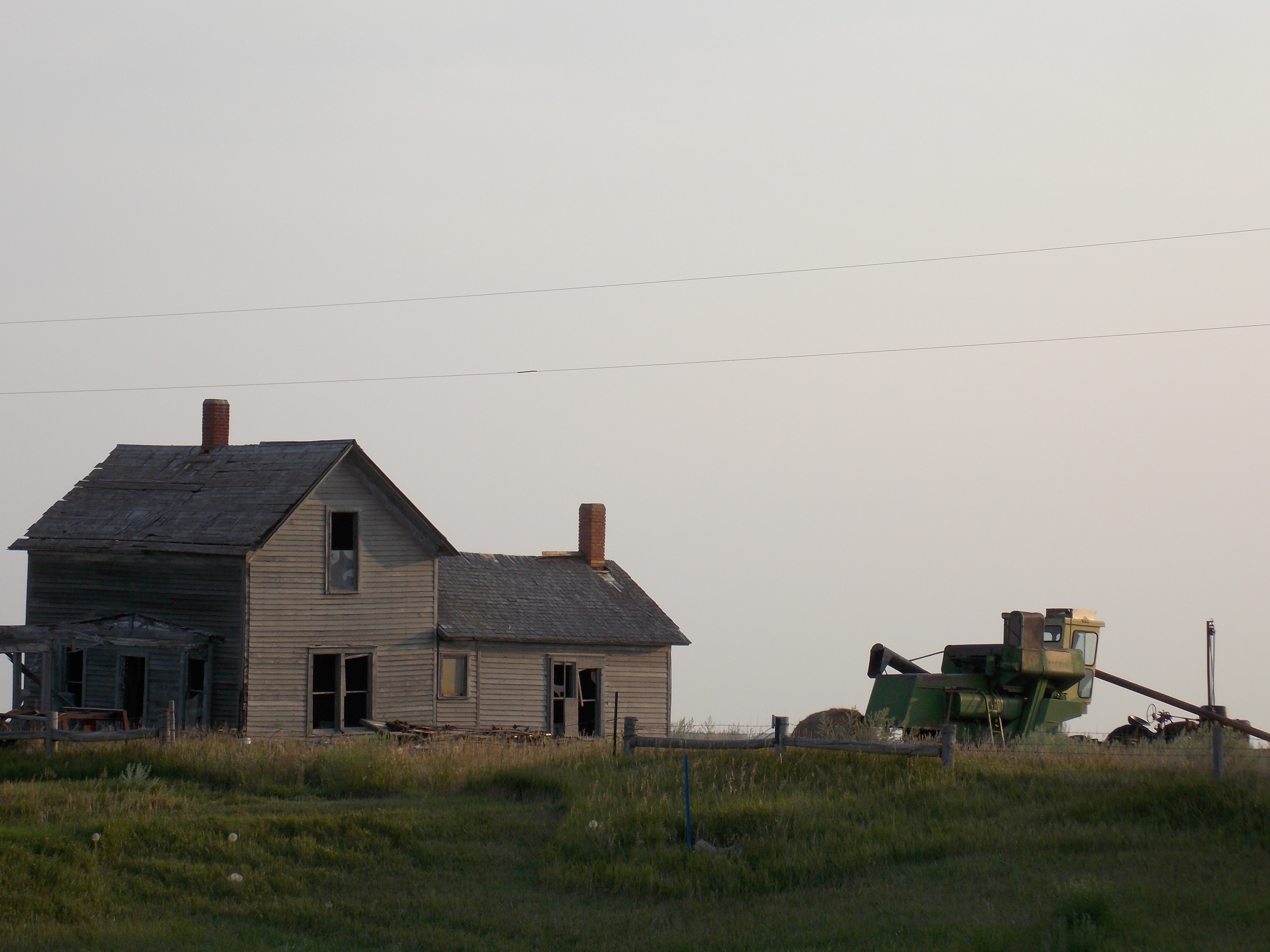
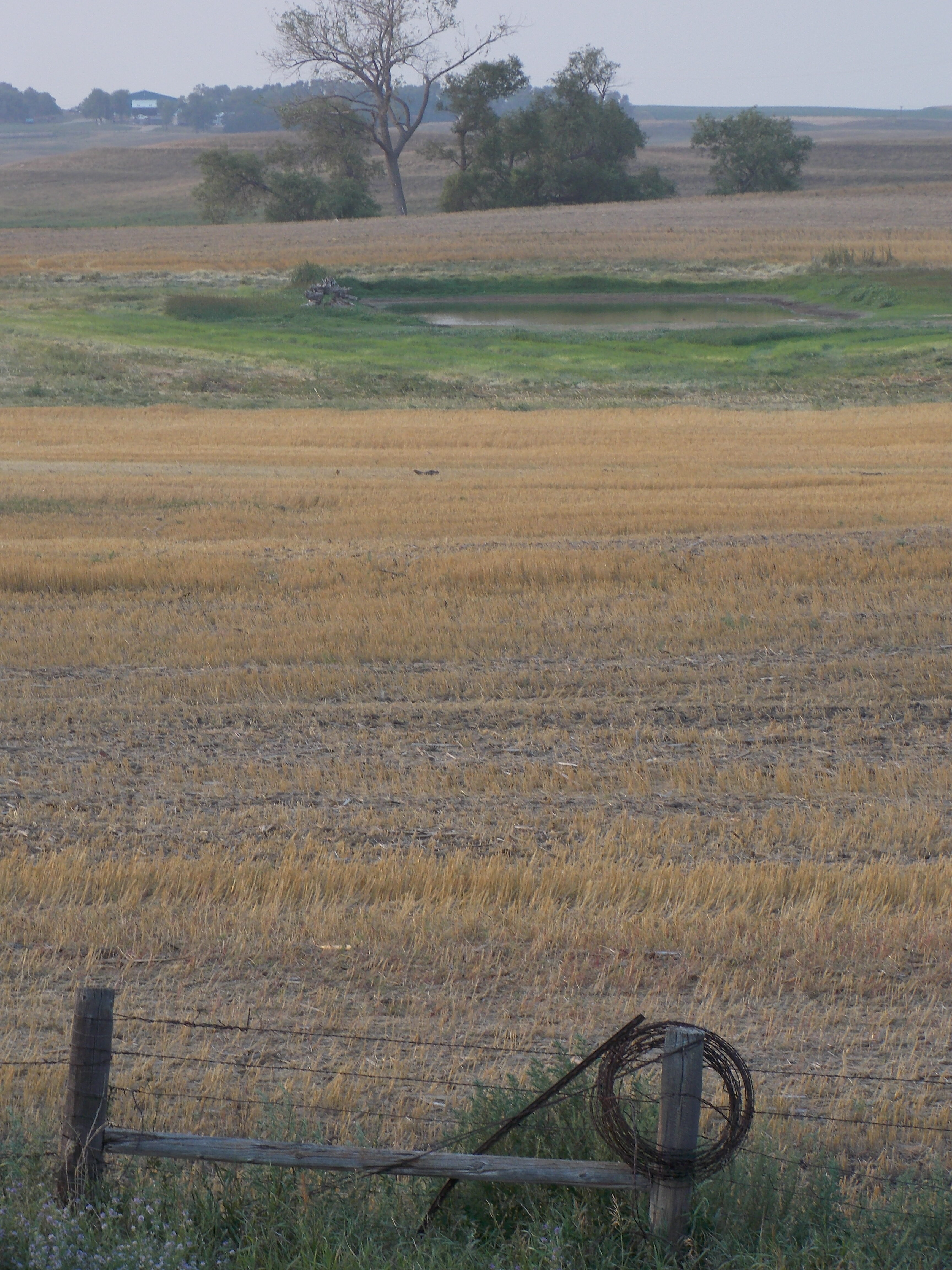
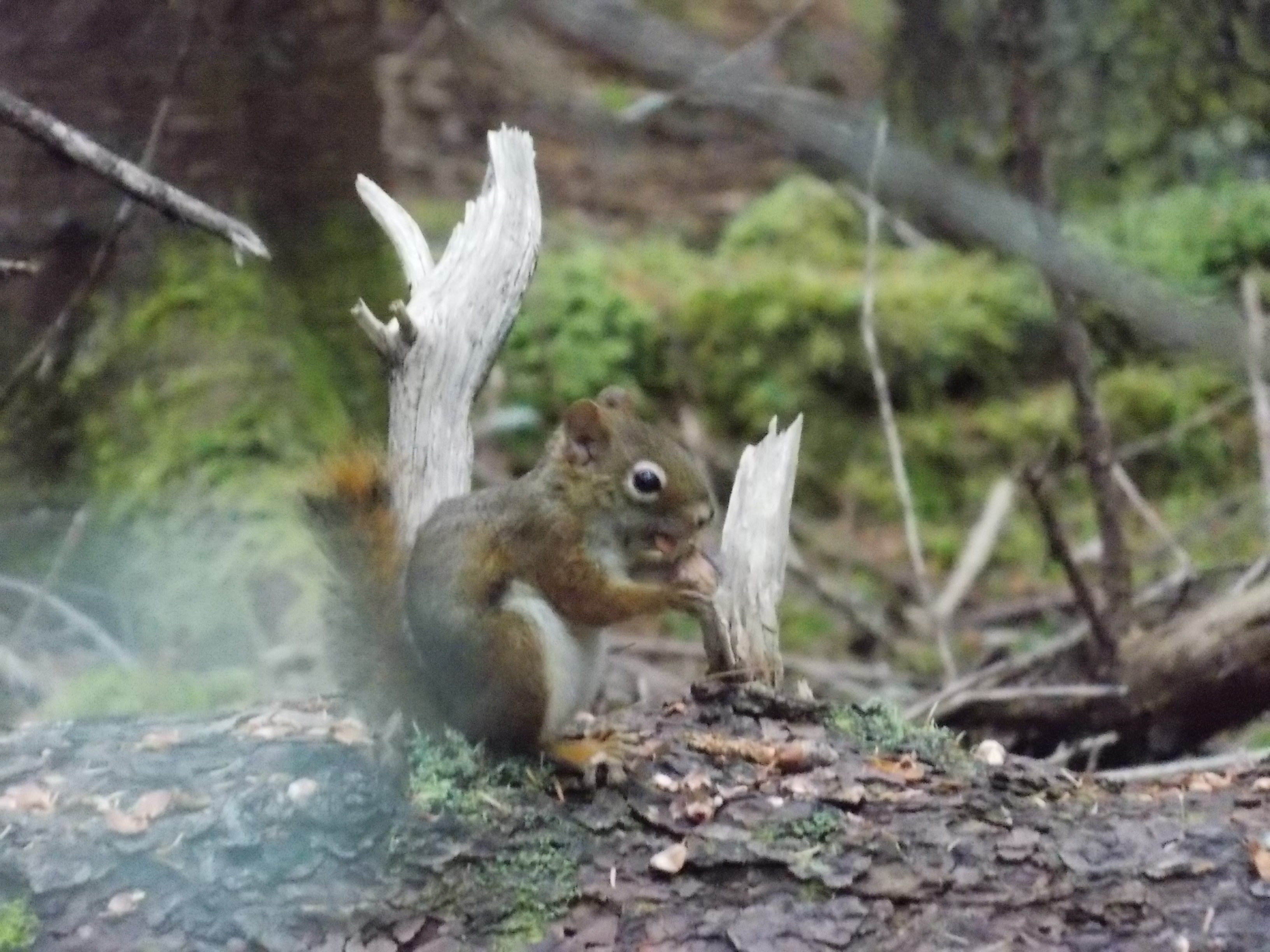

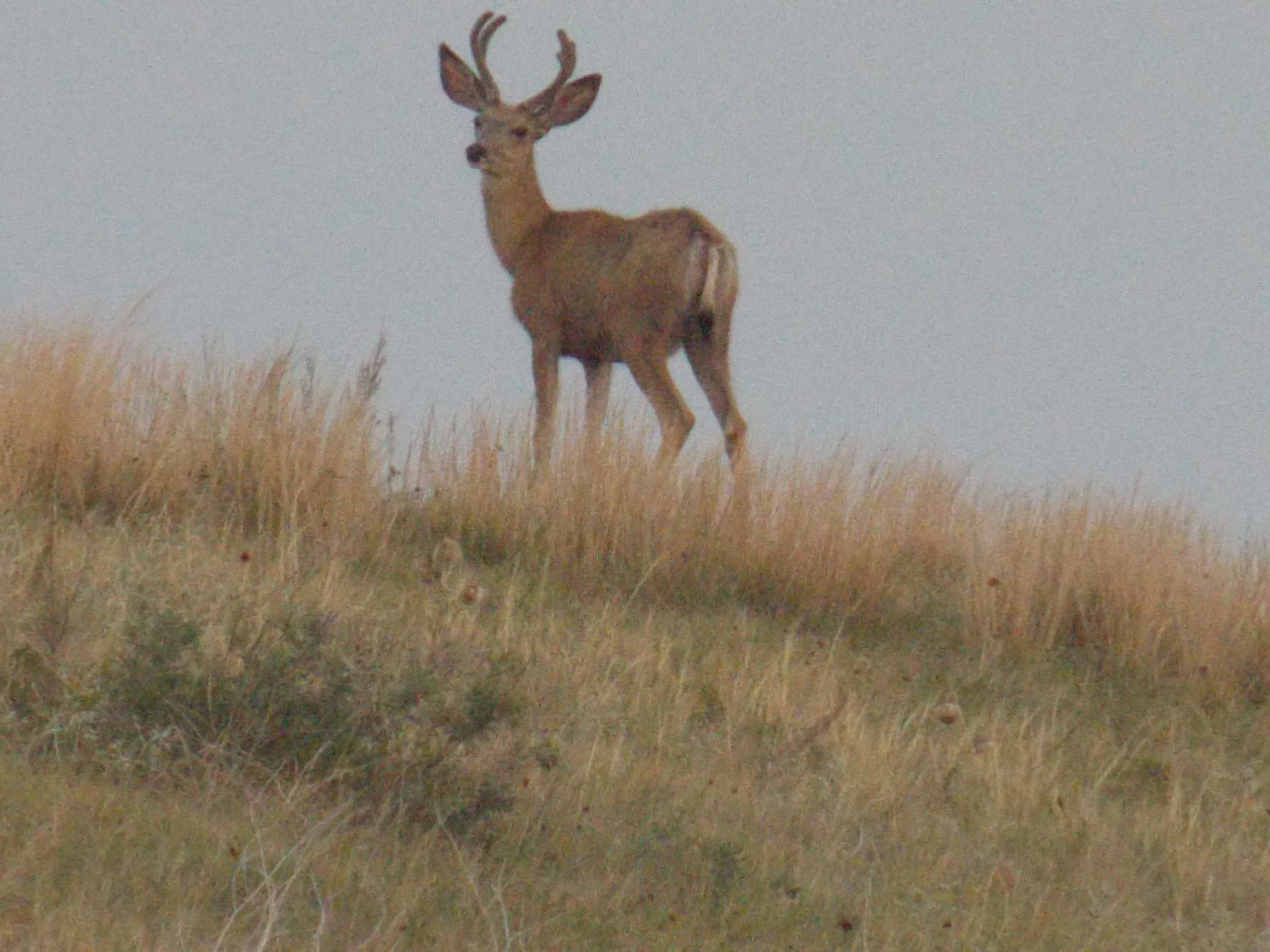
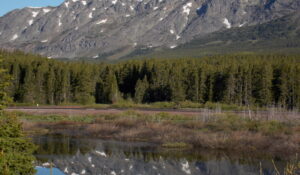


Great pictures, and a sentimental tone that is unusual for Cedric. The change in scenery he’s seeing resembles, and probably prompts similar emotions, as the change in seasons the rest of us are seeing, but his changes are occurring much faster, in weeks and sometimes even days instead of months. I can especially relate to his longing to return to the cool, moist, and rich forests of the Midwest and Northeast. Western and southern states always strike me as too hot, dry, and barren to be loved or even enjoyed. No rattlesnakes in Wisconsin!